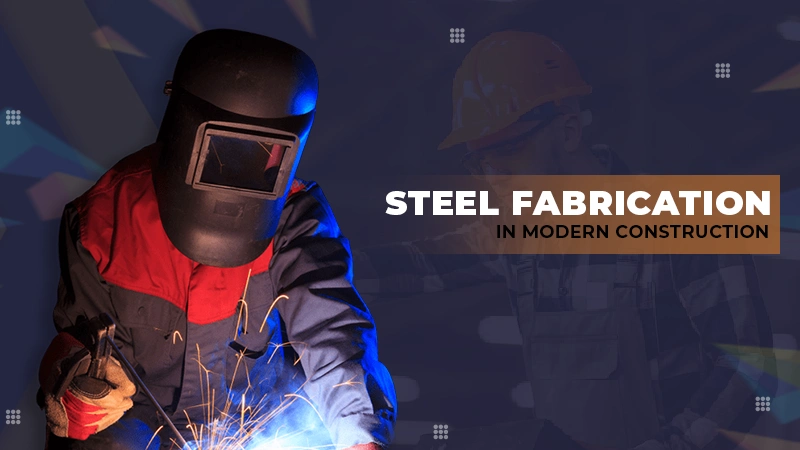Everything You Need to Know About Ground Clearance in Cars
Are you wondering whether a car you’re considering buying has sufficient ground clearance? It’s a good question to ask. But just in case you aren’t quite sure what it is, let’s talk about what ground clearance is. Quite simply, it’s the distance between the lowest point on the underside of your car and the ground. If you’ve ever driven a car that scrapes its underbelly when you drive over something as straightforward as a speed bump, you’ll know the sinking feeling that comes with that awful scraping sound. Have you damaged your sump? How many times can you get away with scraping the underside of your car before something vital gives way? But there are pros and cons to everything, so more isn’t always better. Let’s look at high and low ground clearance and why each has its own set of advantages and drawbacks.
High Ground Clearance Pros and Cons
The first thing you’ll notice about cars with high ground clearance is that getting in and out of them is harder work. You may want to look at the best running boards and add them so that boarding and alighting are a bit less like a step up the grand north face of Everest. Cars with high ground clearance usually have bigger tires – and that’s going to add to your maintenance bills – and they’re less aerodynamic, so your fuel consumption goes up too.
On the benefits side, your car will be able to navigate much rougher terrain when it has high ground clearance, so if you regularly drive on bad roads, choosing a car with higher ground clearance makes a good deal of sense. One thing to take into account is the fact that your car sits lower on its suspension when it’s fully loaded, so if a salesperson gives you a road clearance measurement, ask whether it refers to kerb weight (empty) or the gross vehicle weight when your car is fully loaded.
Low Ground Clearance Pros and Cons
You’ve probably noticed that racing cars are very low slung indeed. It gives them better aerodynamics and the downforce helps them to handle better and achieve better stability on the road. You’ll benefit from this even though you aren’t trying to win any races. You’ll also use less fuel. Plus, getting in and out doesn’t mean a big step up – an important consideration if you’re transporting elderly people or very small children. Chances are, you’ll pay less for tires too.
That’s a whole bunch of advantages in favor of low ground clearance, but the obvious downside is what’s going to happen to the underside of your car if you have to drive on dirt roads or hit a bad pothole on a tarred road.
Which Should You Choose?
If you spend most of your driving miles on relatively well-maintained, tarred roads, low ground clearance really is an advantage for you. Your car will be nippier, easier to steer, and will hold the road better on the bends. The fact is, the vast majority of people don’t really need a car with high ground clearance even though they have their own advantages.
Of course, the opposite is true if you’re often driving on untarred roads or if the tarred roads in your area are poorly maintained. In this scenario, you’ll probably want all the ground clearance you can get, and riding high will protect the underside of your car from the worst wear and tear that comes with rough driving.
Buying your first car? Consider whether you are a road warrior who keeps to the tarmac. Then it’s low ground clearance for you. Getting down and dirty on the rough roads? Go for high-ground clearance every time.













